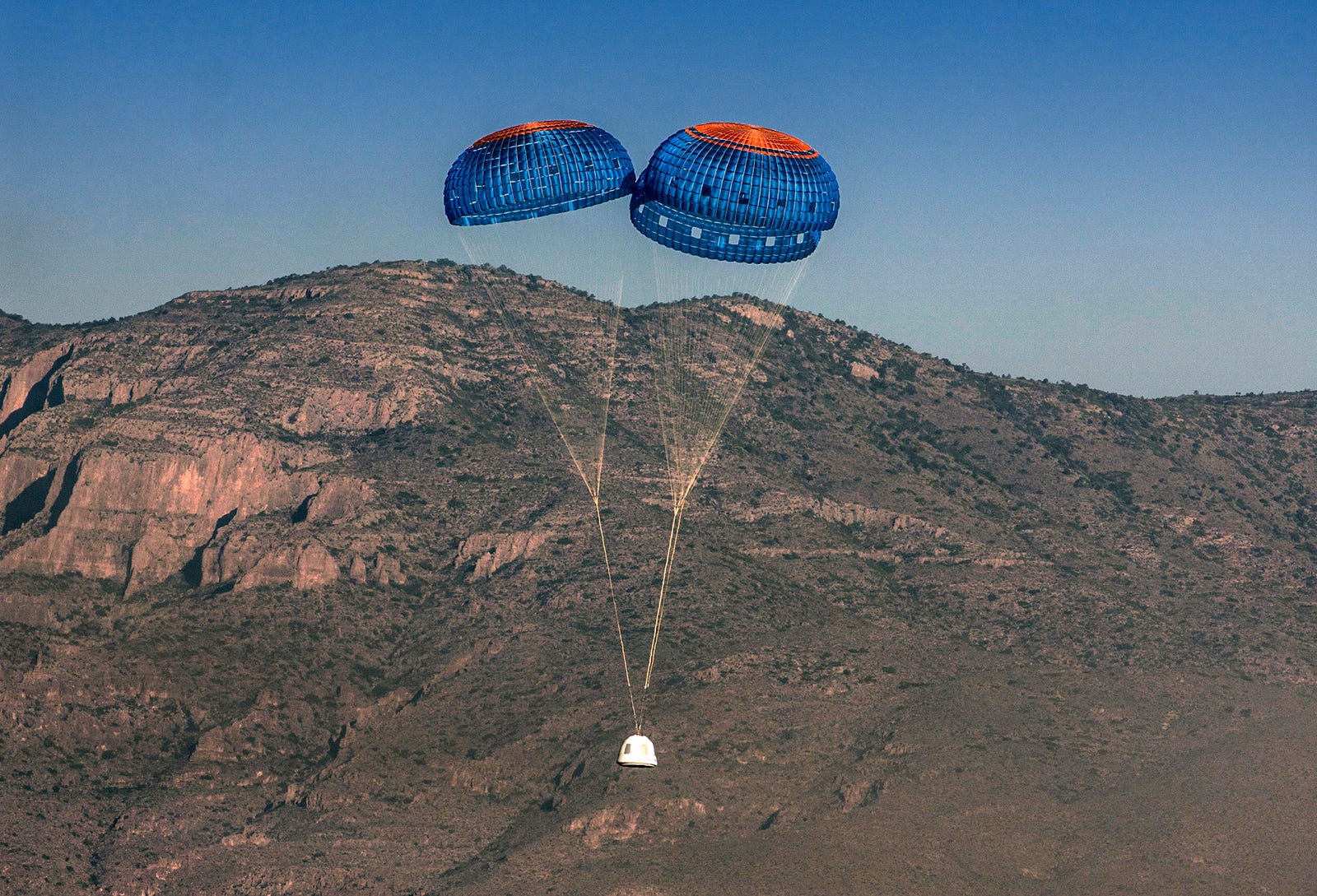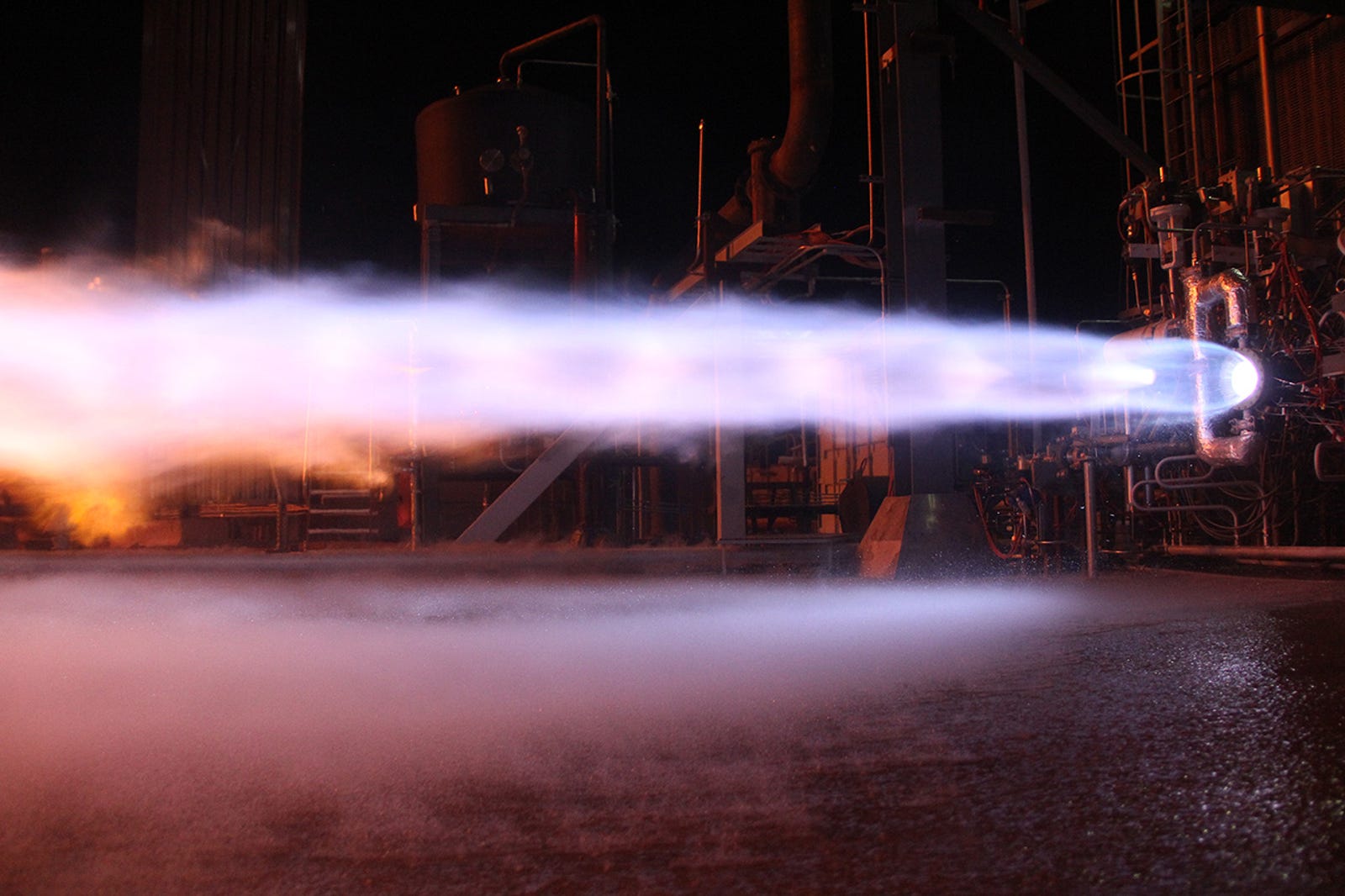Non-space NASA project
...
NASA Electric Research Plane Gets X Number, New Name
With 14 electric motors turning propellers and all of them integrated into a uniquely-designed wing, NASA will test new propulsion technology using an experimental airplane now designated the X-57 and nicknamed “Maxwell.”
NASA Administrator Charles Bolden highlighted the agency’s first X-plane designation in a decade during his keynote speech Friday in Washington at the American Institute of Aeronautics and Astronautics (AIAA) annual Aviation and Aeronautics Forum and Exposition, commonly called Aviation 2016.
“With the return of piloted X-planes to NASA’s research capabilities – which is a key part of our 10-year-long New Aviation Horizons initiative – the general aviation-sized X-57 will take the first step in opening a new era of aviation,” Bolden said.
As many as five larger transport-scale X-planes also are planned as part of the initiative. Its goals – like the X-57 – include demonstrating advanced technologies to reduce fuel use, emissions and noise, and thus accelerate their introduction to the marketplace.
The X-57 number designation was assigned by the U.S. Air Force, which manages the history-making process, following a request from NASA. The first X-plane was the X-1, which in 1947 became the first airplane to fly faster than the speed of sound.
“Dozens of X-planes of all shapes, sizes and purposes have since followed – all of them contributing to our stature as the world’s leader in aviation and space technology,” said Jaiwon Shin, associate administrator for NASA’s Aeronautics Research Mission Directorate. “Planes like the X-57, and the others to come, will help us maintain that role.”
NASA researchers working directly with the electric airplane also chose to name the aircraft “Maxwell” to honor James Clerk Maxwell, the 19th century Scottish physicist who did groundbreaking work in electromagnetism. His importance in contributing to the understanding of physics is rivaled only by Albert Einstein and Isaac Newton part of a four-year flight demonstrator plan, NASA’s Scalable Convergent Electric Propulsion Technology Operations Research project will build the X-57 by modifying a recently procured, Italian-designed Tecnam P2006T twin-engine light aircraft.
Its original wing and two gas-fueled piston engines will be replaced with a long, skinny wing embedded with 14 electric motors – 12 on the leading edge for take offs and landings, and one larger motor on each wing tip for use while at cruise altitude.
NASA’s aeronautical innovators hope to validate the idea that distributing electric power across a number of motors integrated with an aircraft in this way will result in a five-time reduction in the energy required for a private plane to cruise at 175 mph.
Several other benefits would result as well. “Maxwell” will be powered only by batteries, eliminating carbon emissions and demonstrating how demand would shrink for lead-based aviation fuel still in use by general aviation.
Energy efficiency at cruise altitude using X-57 technology could benefit travelers by reducing flight times, fuel usage, as well as reducing overall operational costs for small aircraft by as much as 40 percent. Typically, to get the best fuel efficiency an airplane has to fly slower than it is able. Electric propulsion essentially eliminates the penalty for cruising at higher speeds.
Finally, as most drivers of hybrid electric cars know, electric motors are more quiet than conventional piston engines. The X-57’s electric propulsion technology is expected to significantly decrease aircraft noise, making it less annoying to the public.
The X-57 research started as part of the NASA Aeronautics Research Mission Directorate's Transformative Aeronautics Program's Convergent Aeronautics Solutions project, with the flight demonstrations being performed as part of the Flight Demonstration Concepts project in the Integrated Aviation Systems Program.
... Stupid auto-merging Blue Origin Will Soon Launch a Crew Capsule—and Then Crash It on Purpose
Blue Origin Will Soon Launch a Crew Capsule—and Then Crash It on Purpose
Blue Origin, the notoriously-secretive space company, is launching its New Shepherd crew capsule this weekend. And, for the first time, you’re going to be able to watch it happen—right up to a pretty probable crash-landing.
The plan is to launch New Shepherd using one of its new BE-4 rocket engines and begin some maneuvering tests of the capsule. But, seven minutes into the flight, something alarming is going to take place: one of the capsule’s parachutes is going to fail. On purpose.
Although New Shepherd is designed as a crew capsule, it will be empty on this run, which is an attempt to stress test the capsule. Like the old Apollo flights, New Shepherd uses a triple parachute combo to add drag to the capsule as it comes in for a touchdown.
In 1971, Apollo 15's crew capsule experienced exactly the same parachute failure scenario, with one of the three failing to open as it splashed down into the Pacific Ocean. All the crew members inside were unharmed, but the capsule did go through
what NASA described as a “hard impact.”
Blue Origin CEO Jeff Bezos said in an emailed statement that he believes his capsule will be capable of “safely handling” a parachute failure and even a resulting crash-landing, thanks to a shock-absorbing crushable structure. The intention, though, is to use the capsule’s “retro rocket” system—which kicks in when New Shepherd is just feet above the ground—to avoid the crash altogether.
“On this flight, we’ll intentionally fail one string of parachutes on the capsule. There are three strings of chutes and two of the three should still deploy nominally and, along with our retrothrust system, safely land the capsule,” said Bezos. “Works on paper, and this test is designed to validate that.”
But, despite those measures, as he
also tweeted this morning, “And of course–development test flight–anything can happen.”
The New Shepard launch was originally supposed to take place today, but a leaky gasket in the capsule’s nitrogen gas pressurization system grounded the capsule. The launch was instead pushed to Sunday morning.
*BE-4: just one of many rockets vying for the coveted spot currently occupied by the RD-180.
Previous Blue Origin launches have been heavily-shrouded from the public, with the launches often remaining secret until well after they had been successfully-completed. Competitor SpaceX used the opposite approach, releasing not just livecasts of all its launches—
crashes and all—but also typically multiple views.
In just the last few months,
Blue Origin has started to open up its process slightly, letting reporters into its facility for the first time. This, however, is the first launch that it will share with the public directly and not after the fact. And it’s no coincidence that it’s starting with a test of the New Shepard capsule.
Bezos has said that he wants to start operating space tourism flights within the next two years, by 2018. The New Shepard and the BE-4 engine that is launching it this weekend is
exactly the same combination he’s identified as the probable vehicle for those tourism goals, shuttling up flights of six tourists at a time to experience brief bouts of weightlessness.
As the time when Blue Origin is going to attempt to book customers draws closer, broadcasting what is—essentially—an abilities-showcase and a safety test for that capsule/engine combination makes sense. We’ll be back on Sunday to see how it goes.






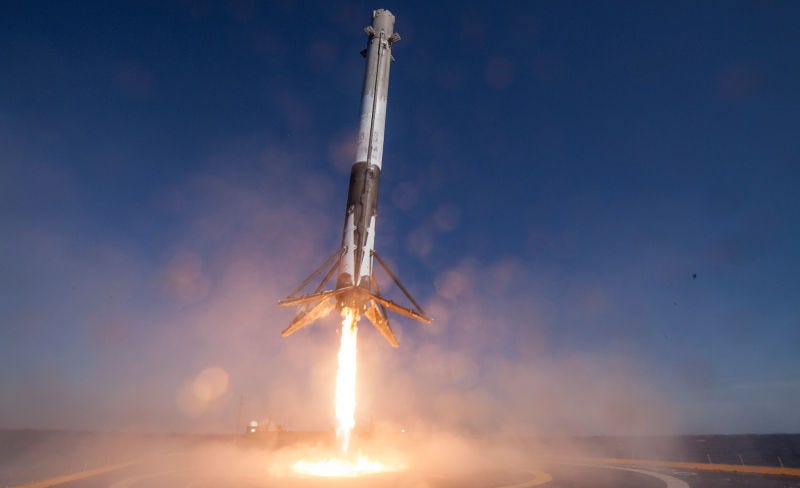
 .
.











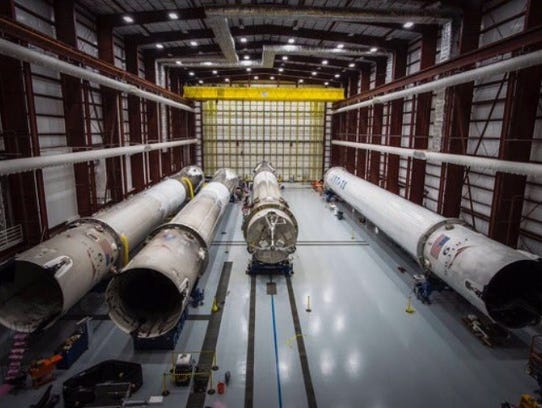


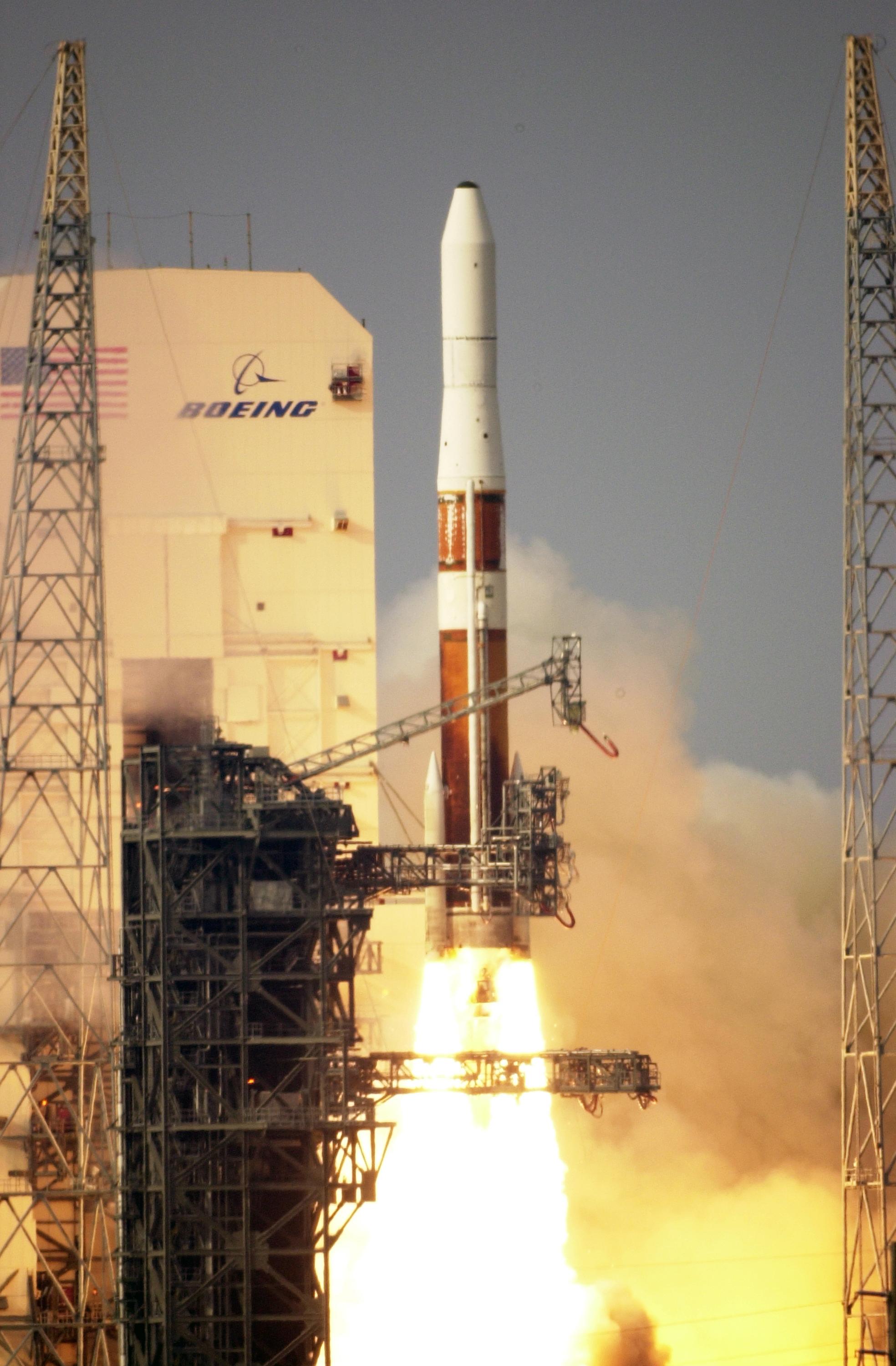
 .
.


 :
:
 .
.





